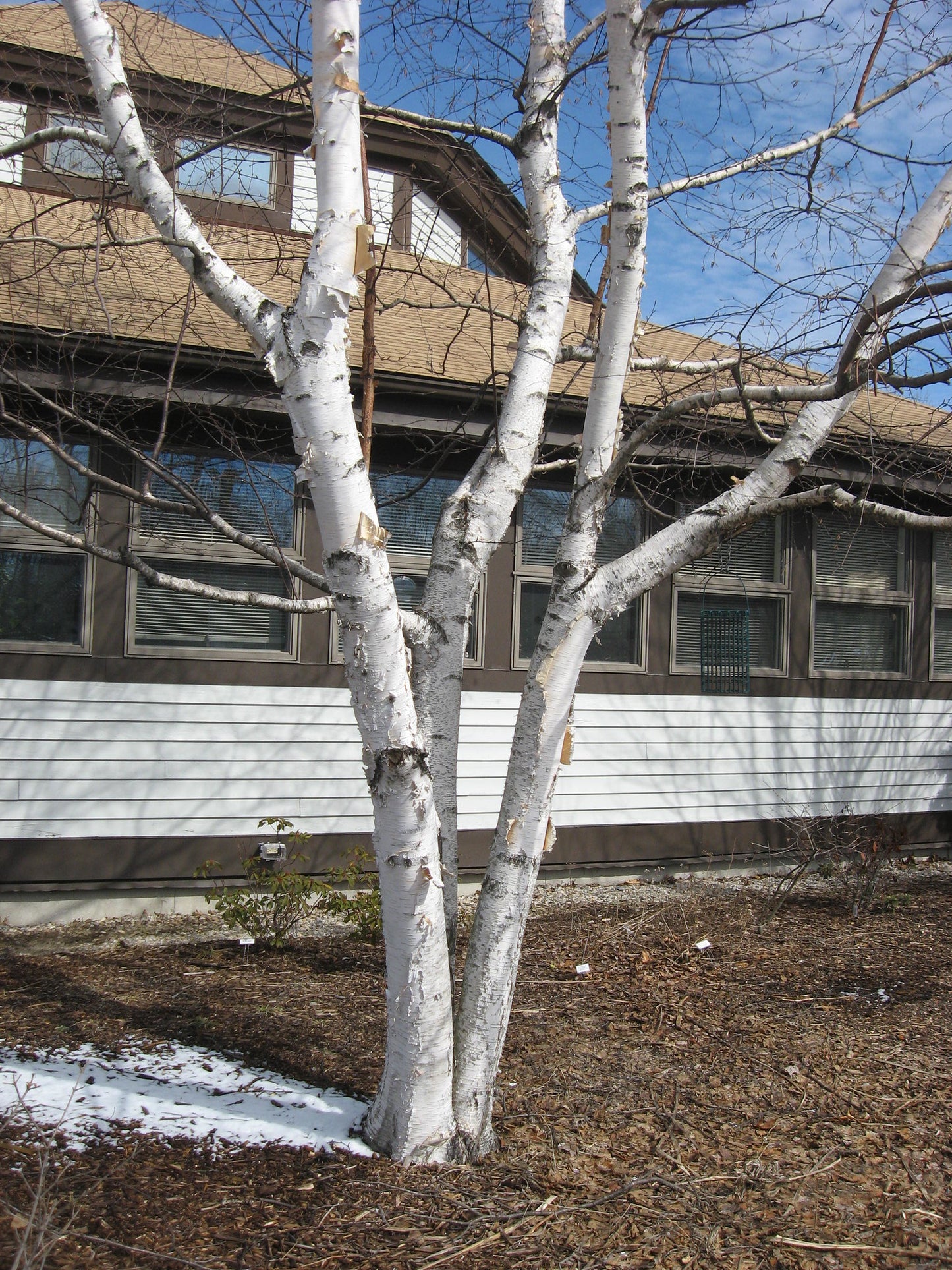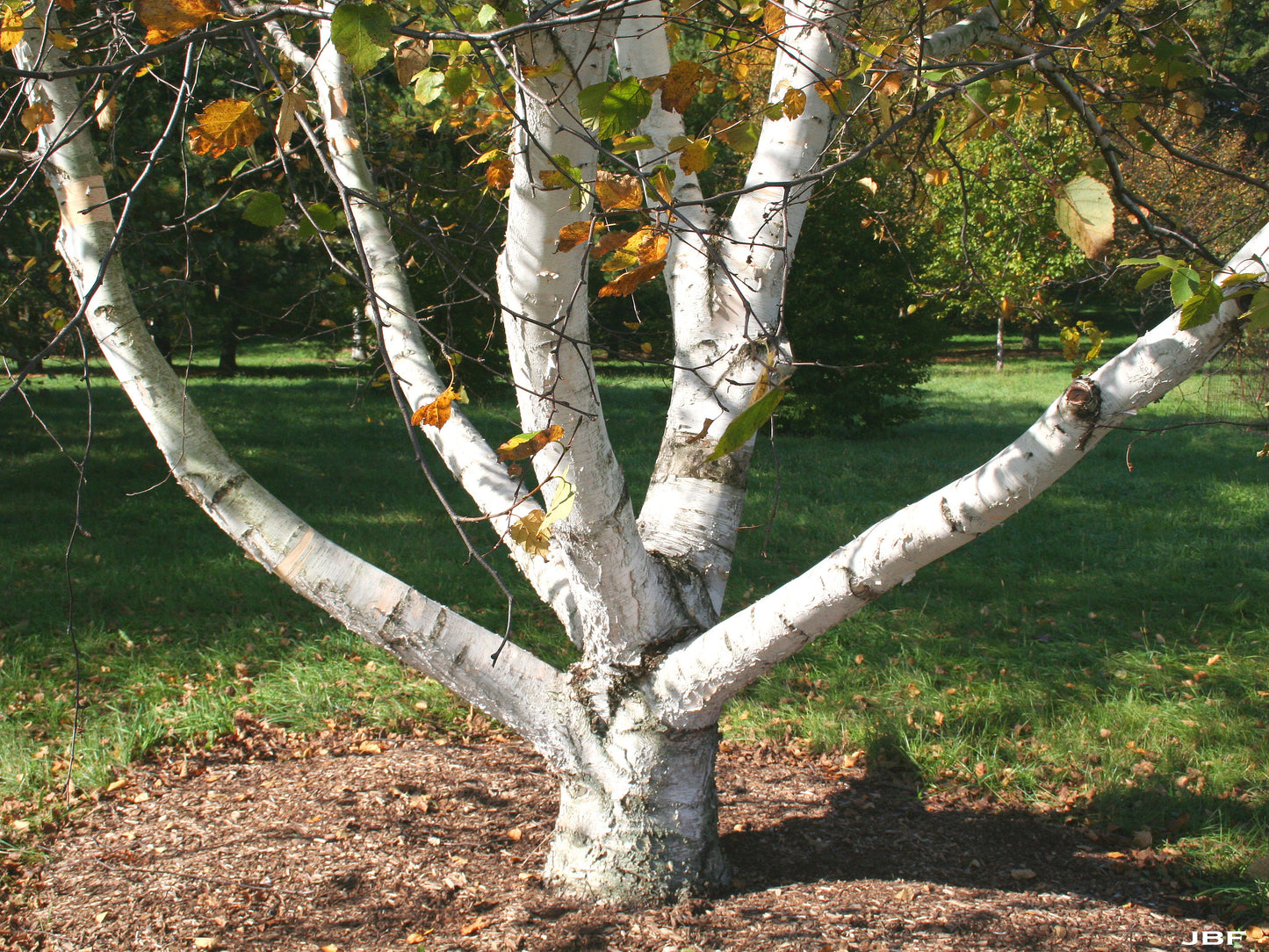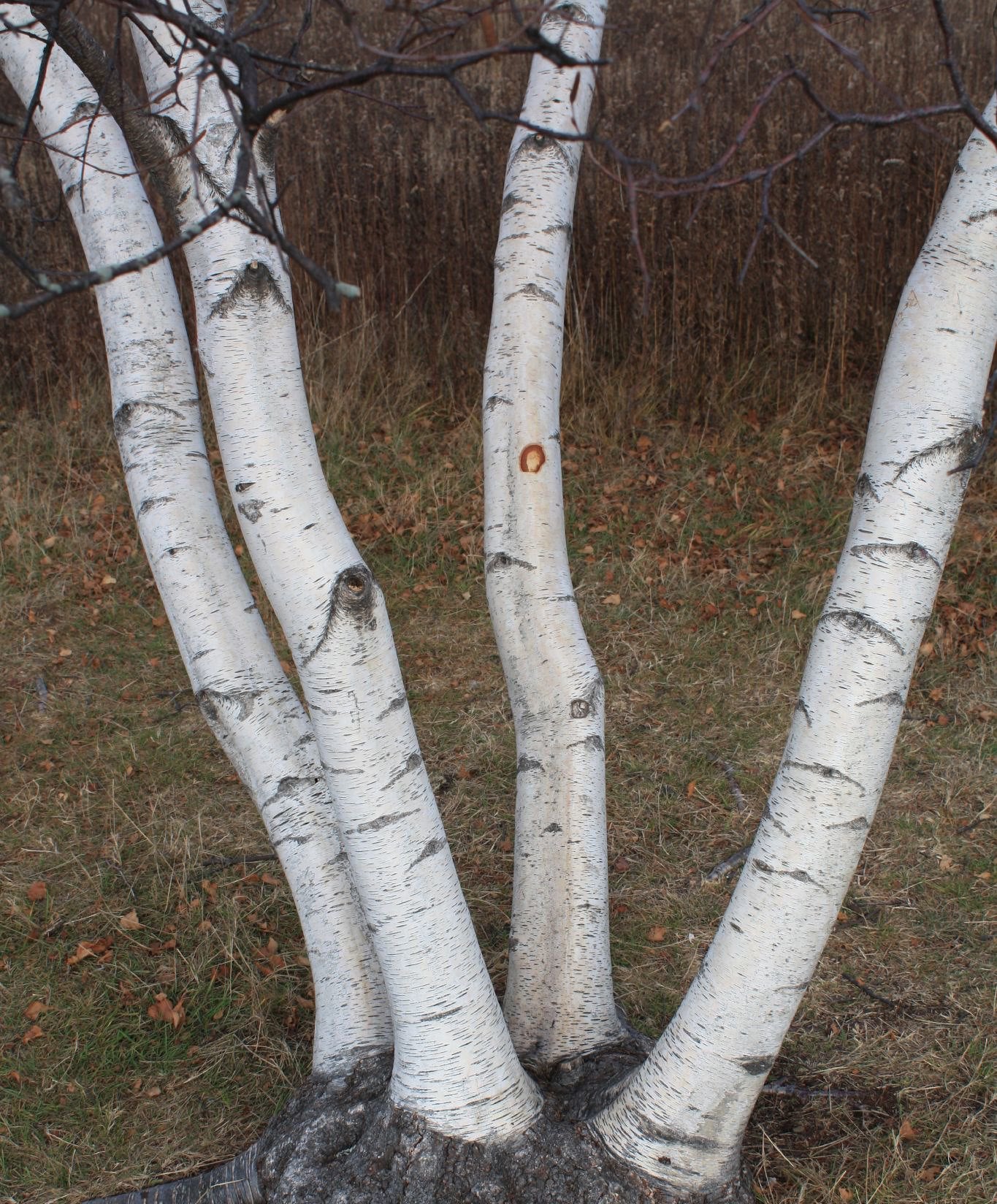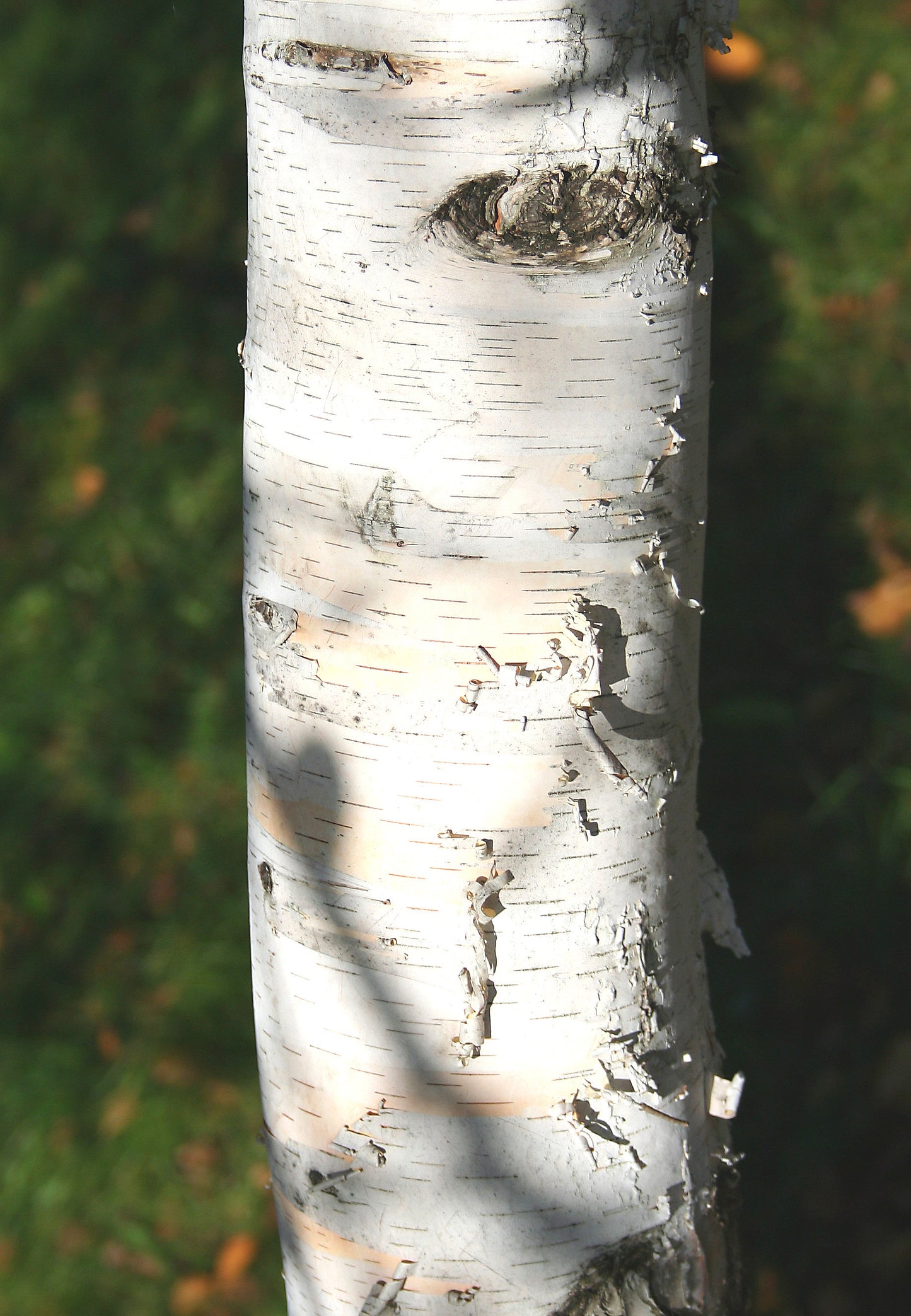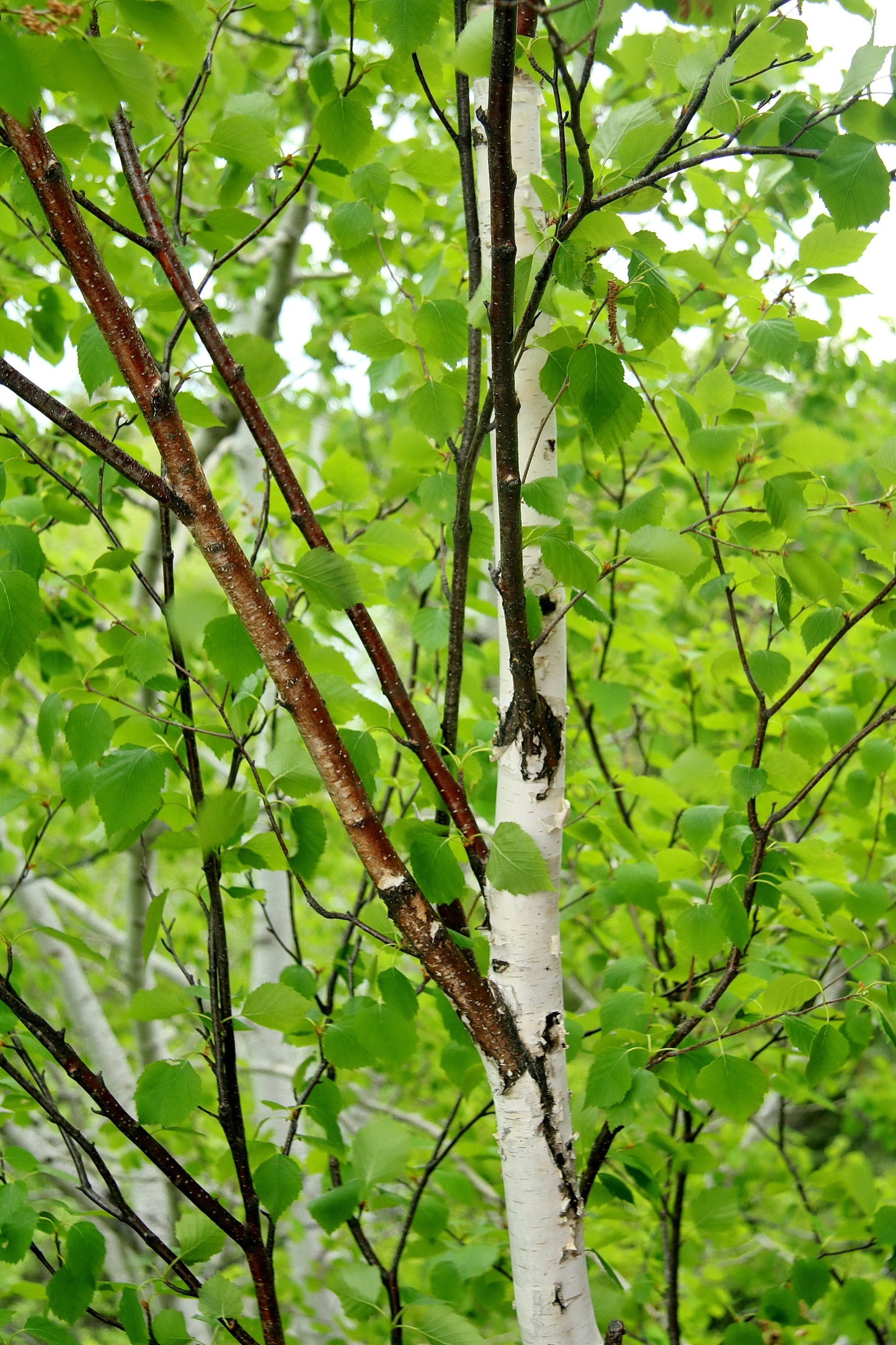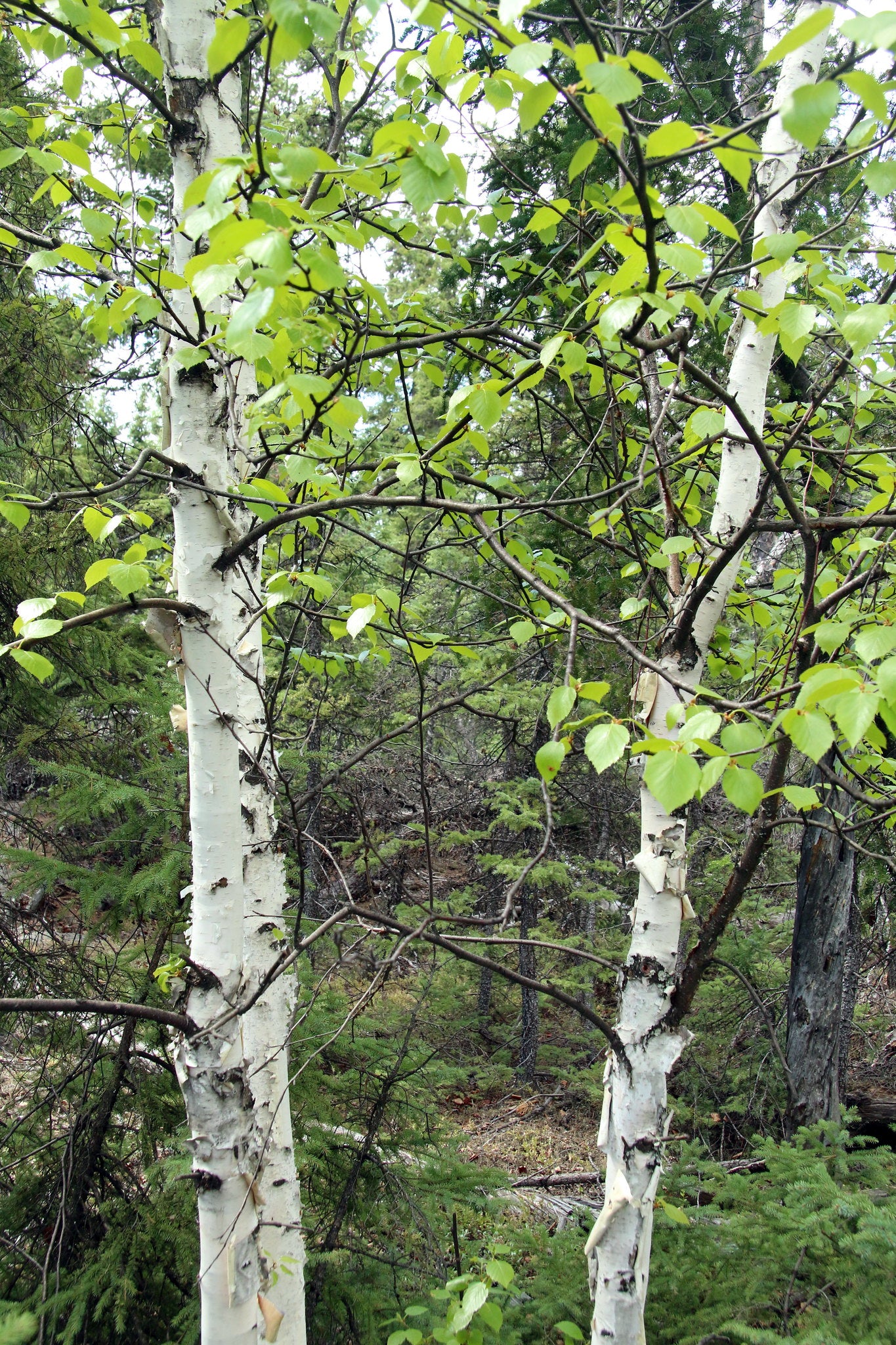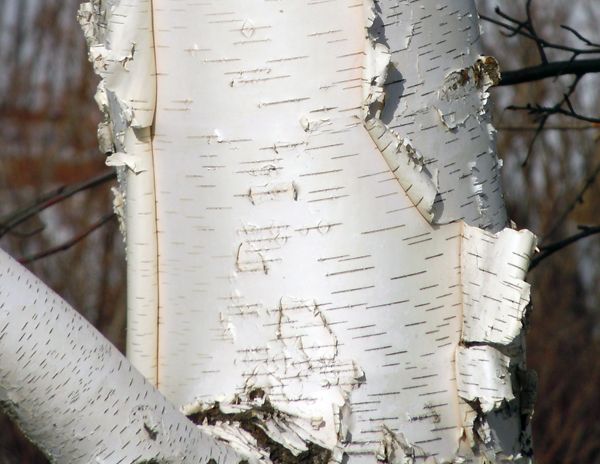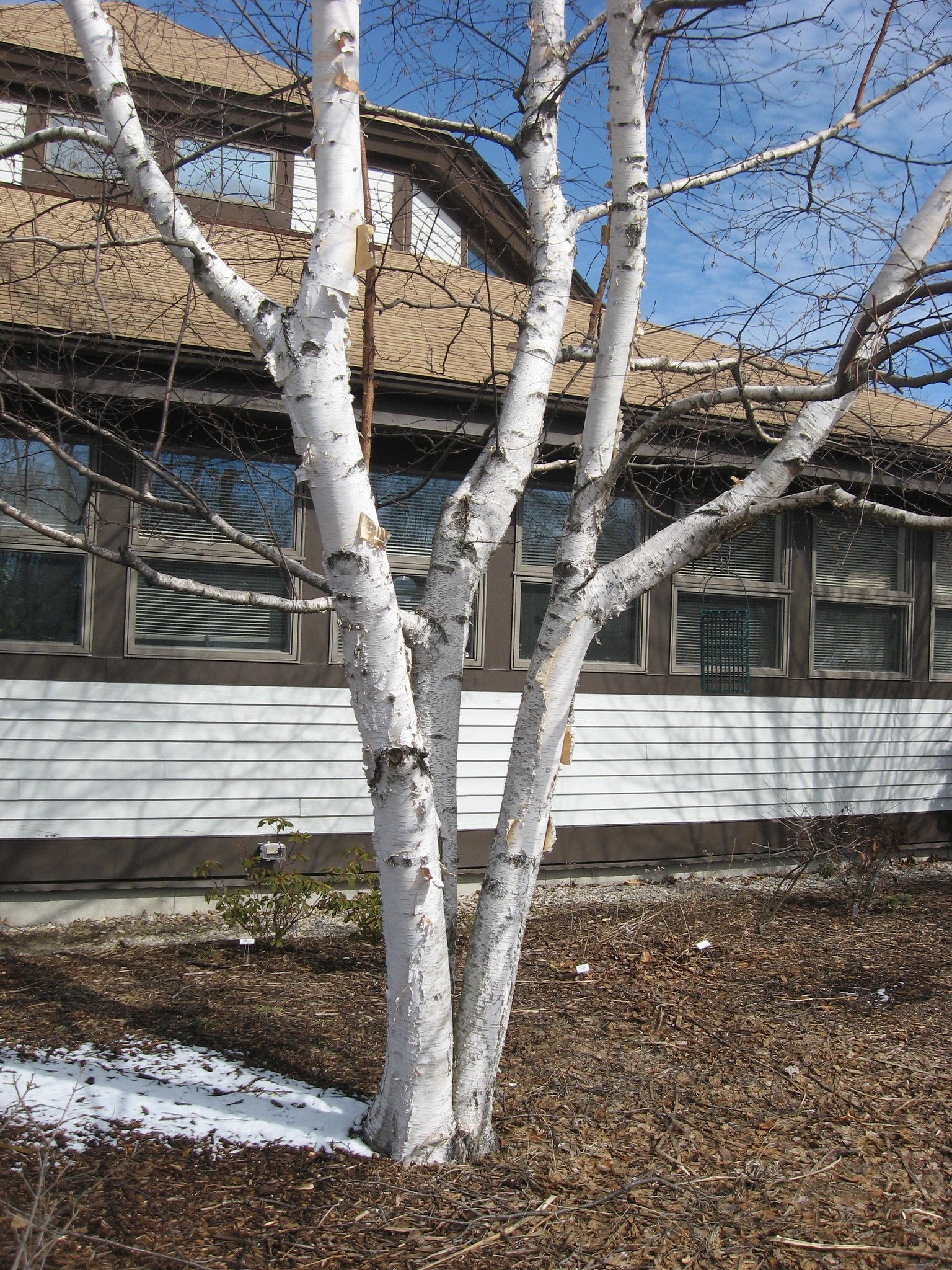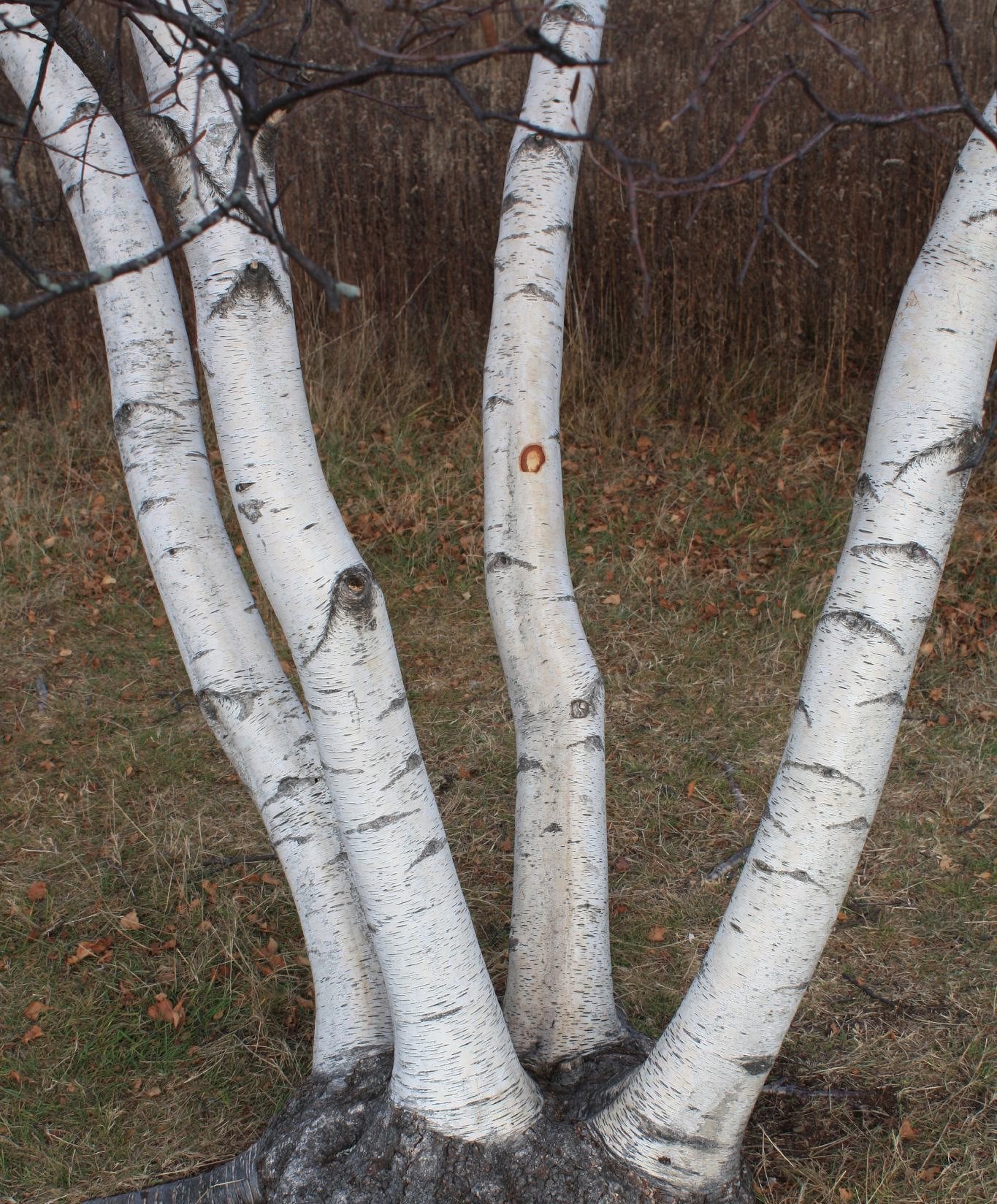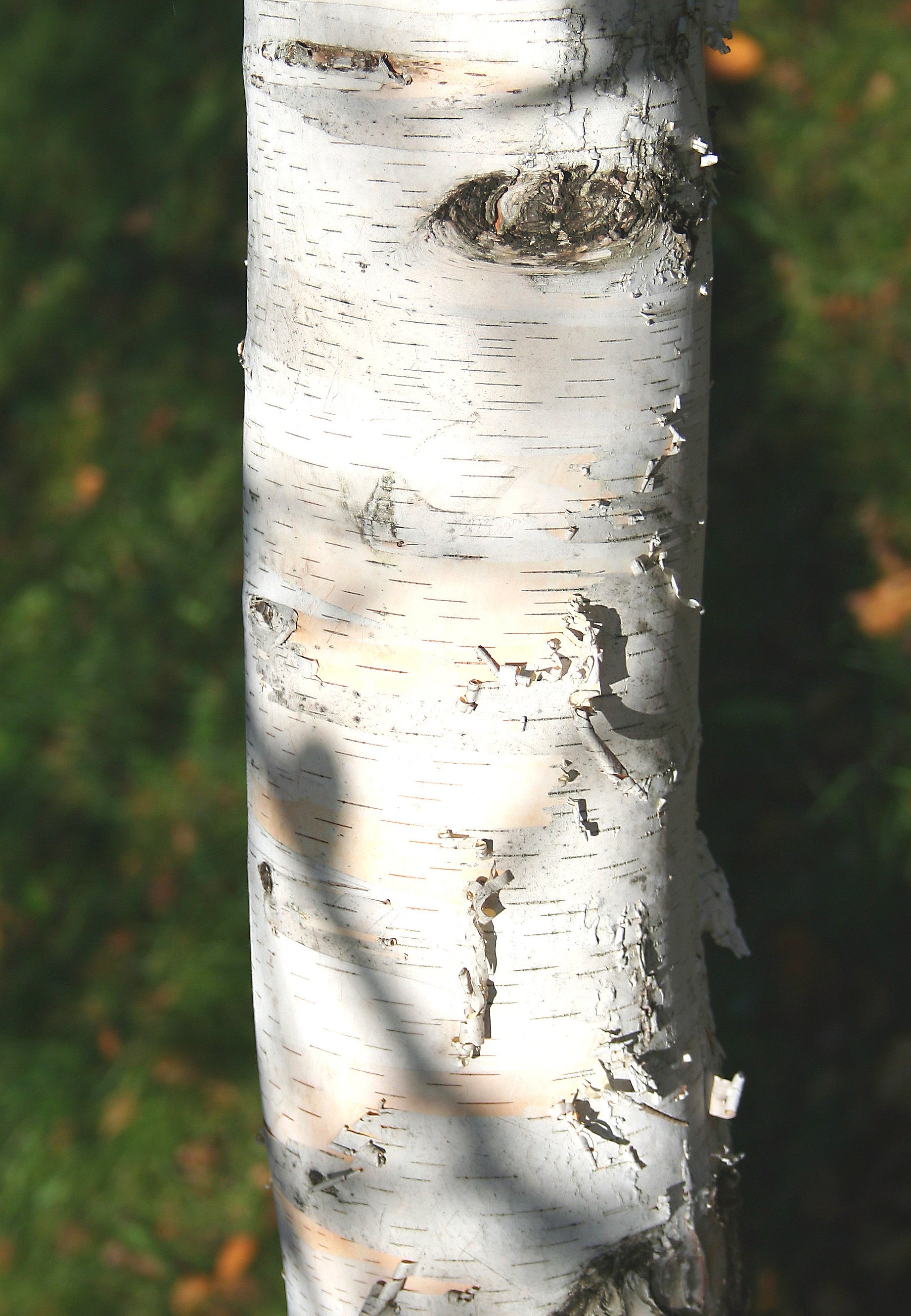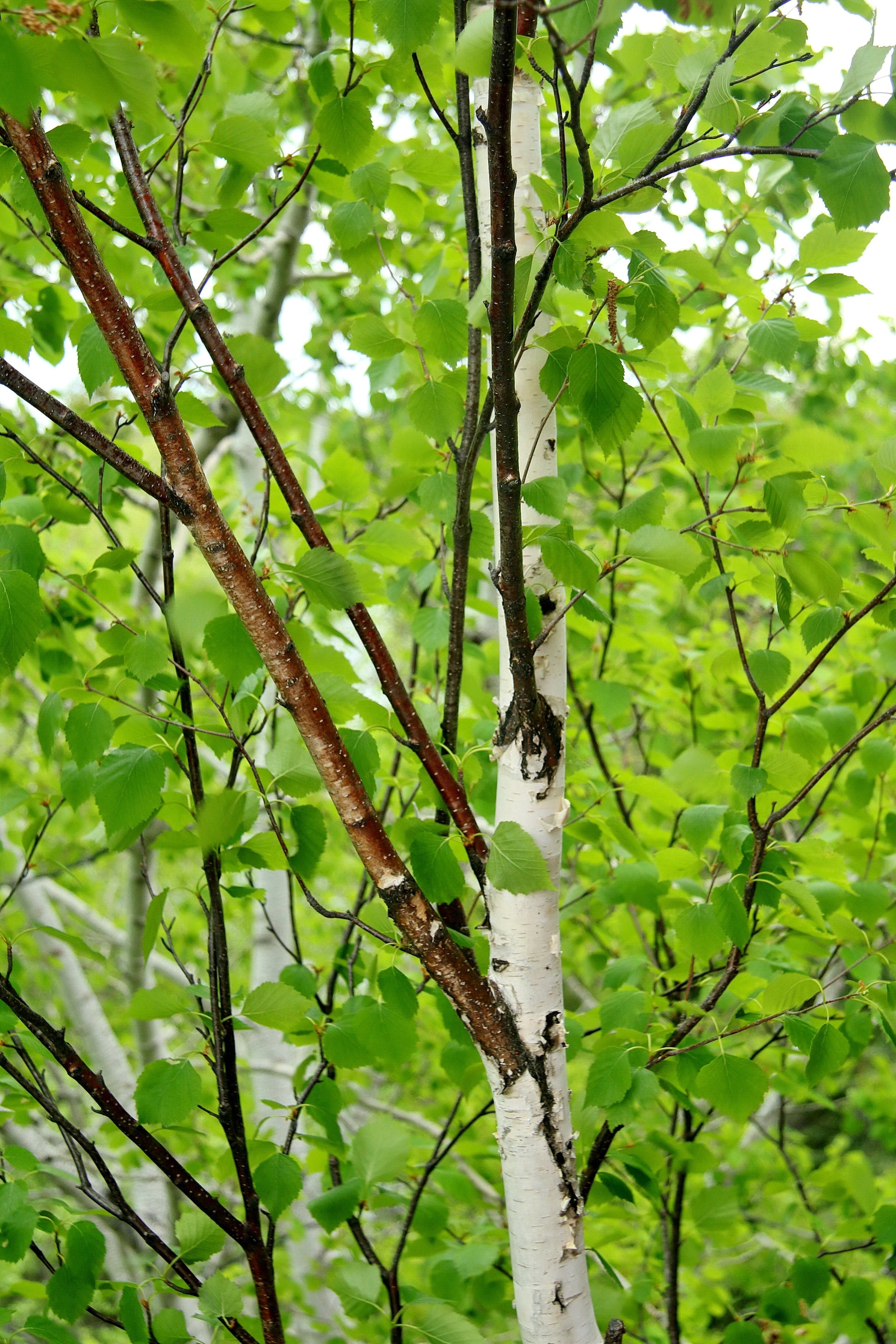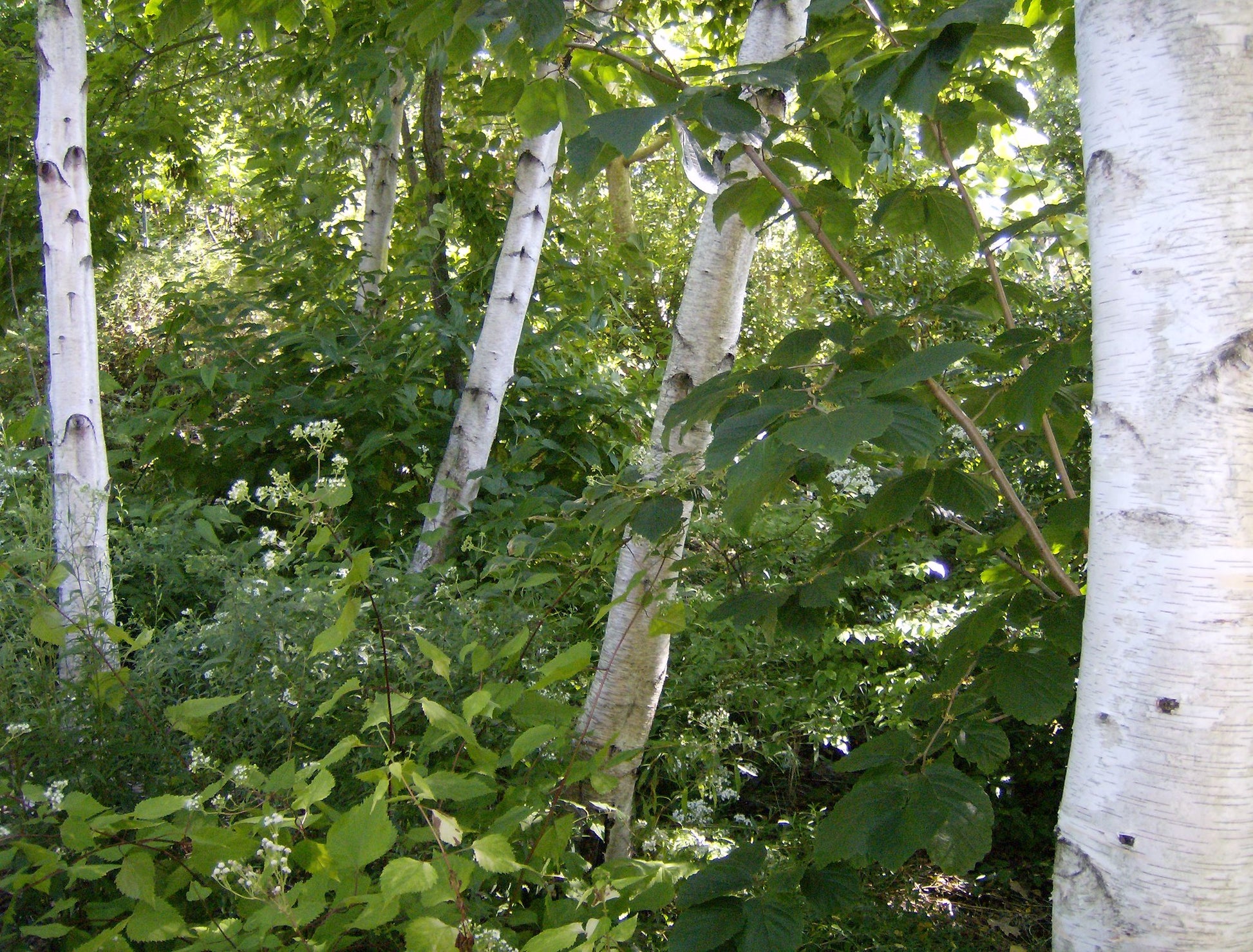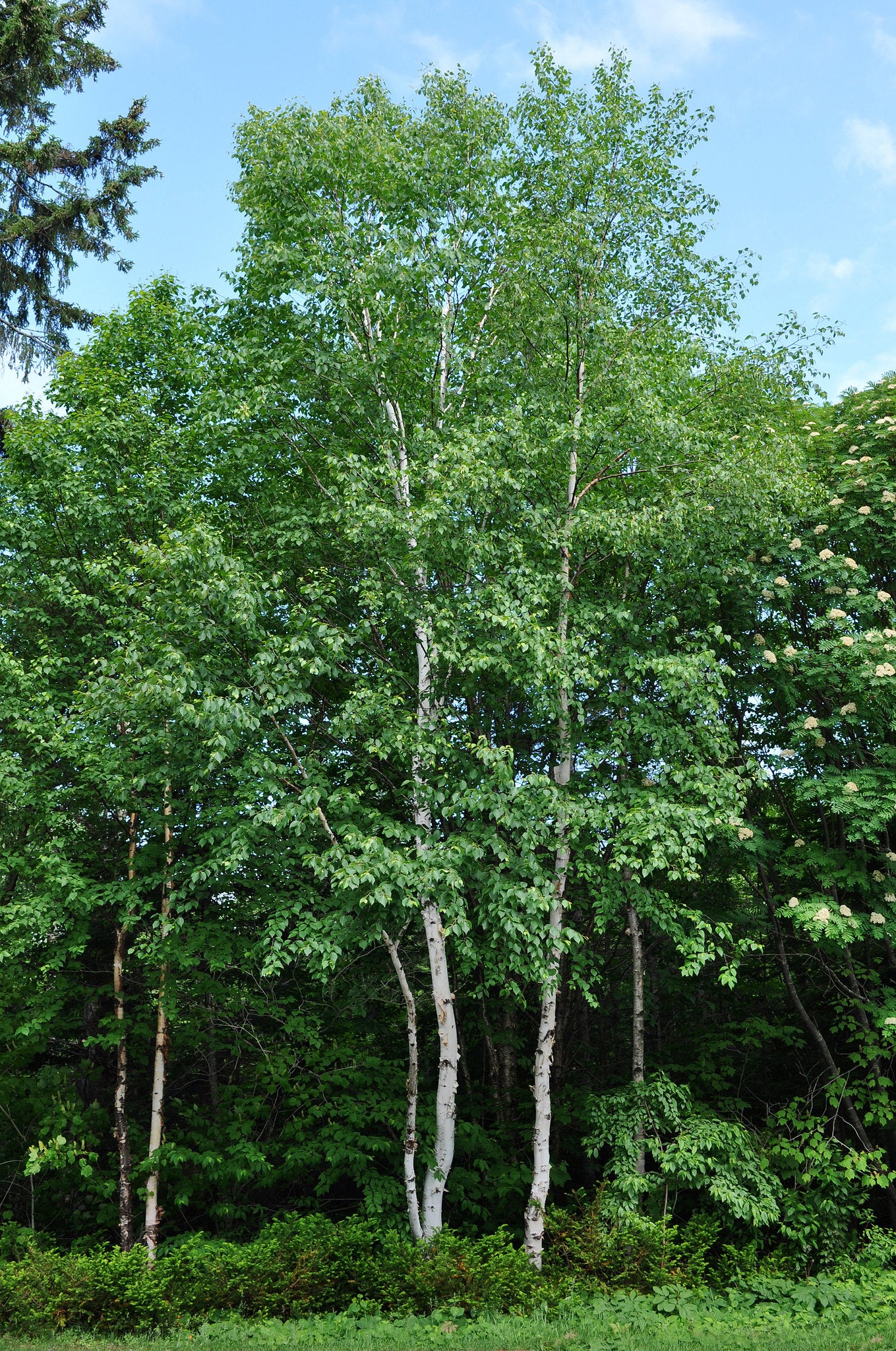Floridaseeds
Paper Birch Betula papyrifera 500 Seeds USA Company
Paper Birch Betula papyrifera 500 Seeds USA Company
Couldn't load pickup availability
Betula papyrifera, commonly known as paper birch, is a deciduous tree native to North America. Here's a description of its key features:
Appearance: Paper birch is a medium-sized tree that typically grows to a height of 20 to 30 meters (65 to 100 feet), although some specimens can reach heights of up to 40 meters (130 feet). It has a slender trunk with distinctive white bark that peels in thin, papery layers, giving the tree its common name. The bark is often marked with black horizontal lines or "eyes."
Leaves: The leaves of Betula papyrifera are alternate, simple, and triangular-ovate in shape with doubly serrated margins. They are typically bright green in color and turn a vibrant yellow in autumn before falling from the tree.
Flowers: Paper birch produces inconspicuous flowers in spring before the leaves emerge. The flowers are arranged in cylindrical catkins that hang down from the branches. They are wind-pollinated and give way to small, winged seeds that are dispersed by the wind.
Habitat: Paper birch is commonly found in moist, well-drained soils in a variety of habitats, including forests, woodlands, and wetlands. It is often associated with other pioneer species and is one of the first trees to colonize disturbed or burned areas.
Cultural Significance: Paper birch has cultural significance for indigenous peoples in North America, who have traditionally used various parts of the tree for food, medicine, and materials. The inner bark was used to make canoes, containers, and shelters, while the sap was used as a sweetener and medicinal tonic.
Cultivation: Betula papyrifera is widely cultivated as an ornamental tree for its attractive bark, graceful form, and striking fall color. It is often used in landscaping, parks, and gardens, where it provides visual interest throughout the year.
Growing Instructions
The seeds have a dormancy period. They need a period of chilling which simulates winter conditions to break their dormancy.
- Soak the seeds in water for 24 hours.
- Fully drain away all of the water and place the seeds in a zip-lock freezer bag.
- Put the bag in the refrigerator and leave it there for 4-6 weeks. It is important that during this period the seeds do not dry out or are waterlogged otherwise the pre-treatment will be ineffective.
- The seeds like moist, well-drained soil. Prepare a mixture of half potting soil and half sand, perlite or vermiculite. Put the soil in a pot.
- Sow the seeds on the soil.
- Cover the seeds with a thin layer of soil.
- Water the soil so that it is moist but not wet. The seeds start to germinate in a few weeks.
- When the seedlings are a few inches tall, they can be transplanted.
Materials
Materials
Shipping & Returns
Shipping & Returns
Dimensions
Dimensions
Care Instructions
Care Instructions
Share

